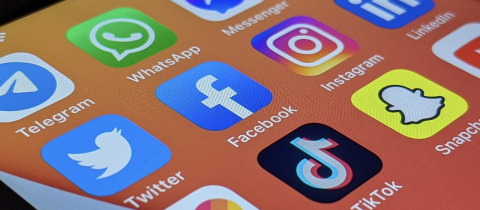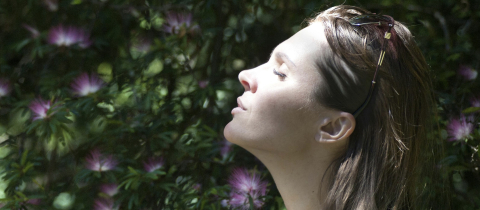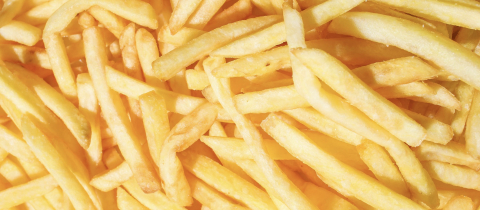Baby carrots are everywhere. Children and adults alike can be found munching on them. Even sports fans have found them to be a good dipping tool. As they should! Because carrots have no fat, they don’t need to be salted, and they’re loaded with beta carotene, a Vitamin A precursor.
So where do these baby carrots come from? What is their lineage? Well it really depends. Some baby carrots are really just babies, pulled from the ground when they are still small, before they develop a woody taste. However, the majority of the tiny carrots we snack on are actually not baby carrots, but “baby-cut carrots.” The parents of these babies originated with a cutting machine and a peeling machine. They actually start out life as fully grown carrots, but end up being cut into 5 cm long pieces before being fed into a machine that grates off the outer layer and rounds off the ends.
These "machine-made" babies were the brainchild of Mike Yurosek, a California carrot farmer who got tired of consigning huge numbers of his carrots to feed for pigs and cows because they were too twisted or otherwise misshapen to sell to consumers. In some cases, as much as 70% of a crop ended up as animal feed. So Yurosek devised a way to salvage the ugly carrots by cutting and reshaping them into appealing baby carrots. Beast to beauty, as it were. Or perhaps beast to beauty to brains, since Yurosek managed to make three little carrots out of one big one and at the same time tripled his price.
As often happens these days, when a product becomes popular, the Internet quacks decide to throw a monkey wrench into the works. Those little carrots are poisoning us, they say. Claims such as this one point to the white discoloration that shows up on the carrot's surface, saying that this is evidence of the “toxic” chlorine used to wash the little guys. Poppycock! It is true that sometimes the carrots are rinsed in a dilute solution of chlorine or chlorine dioxide to do away with bacteria, but this is certainly not absorbed by the carrots.
"Carrot blush", as the white discoloration is known in the carrot industry, is the result of two separate factors: moisture loss and damage to the carrot cells. When moisture is lost from the surface of the carrot, the surface then becomes rough allowing light to be scattered. This, in turn, gives off a white appearance. An easy fix for this is to simply moisten the carrot. Damage to cells on the surface of the carrot, caused by abrasion, releases an enzyme that causes phenol molecules to join together and form lignin, a structural substance in plants. This too scatters light and gives a white appearance. Unlike the moisture loss, this is not reversible. But regardless of the cause of "carrot blush", neither of these whitening effects have anything to do with the safety of eating a carrot! The bottom line is that carrots are good for you, whitened or not. If some of those internet quacks ate more carrots, maybe they could see the truth better.
@JoeSchwarcz







